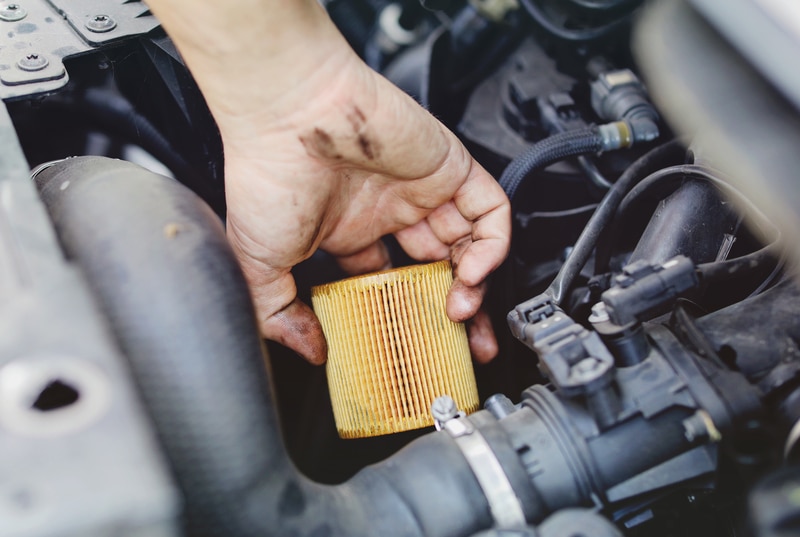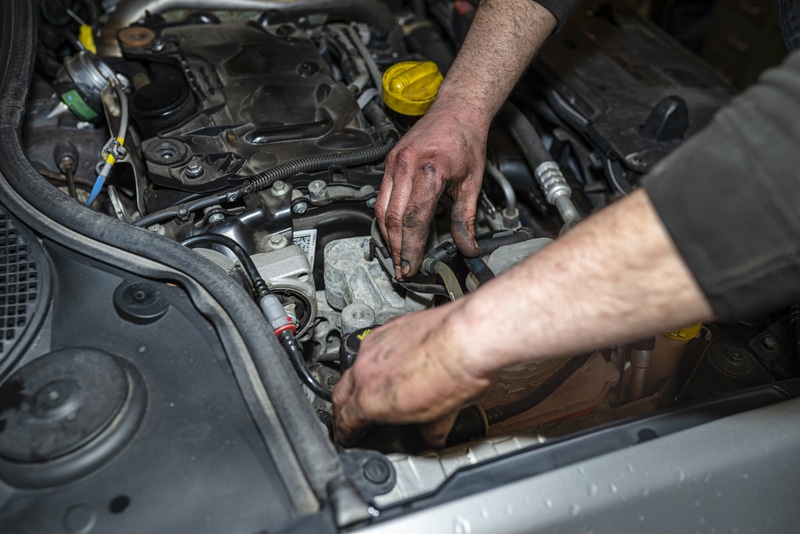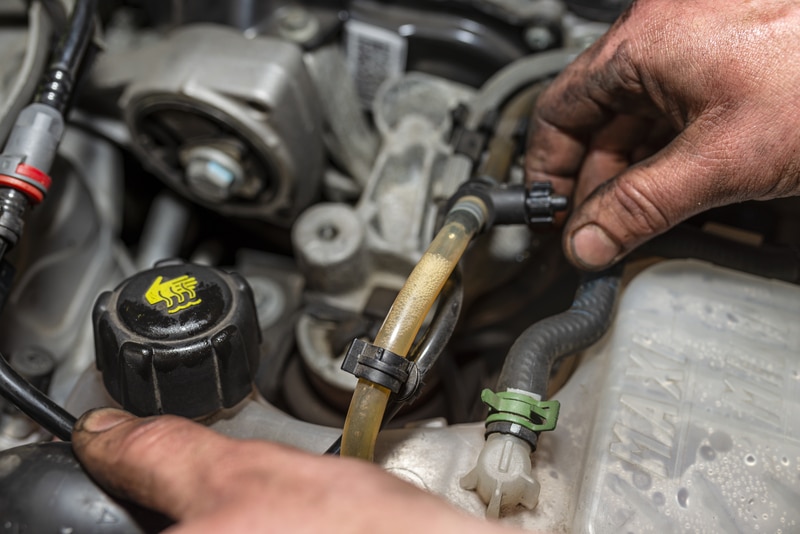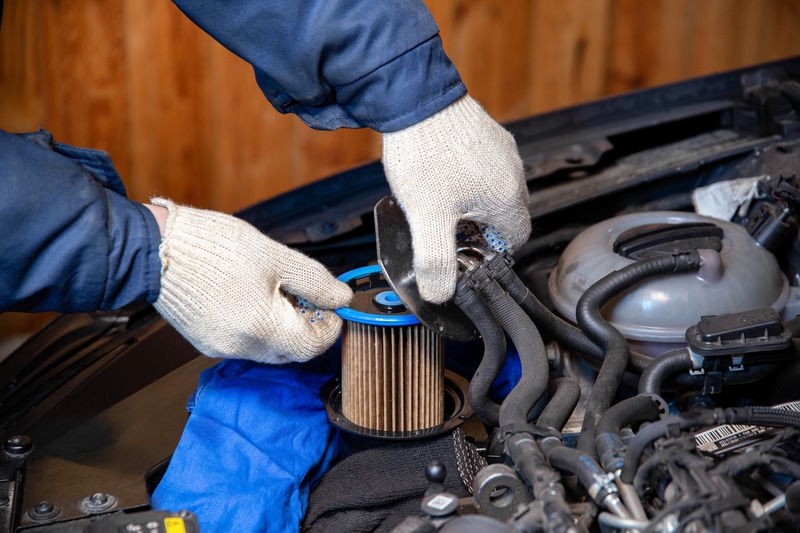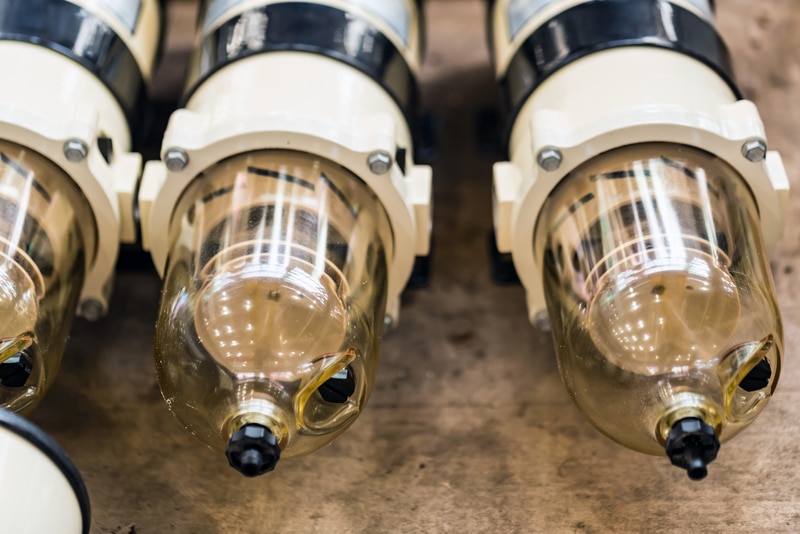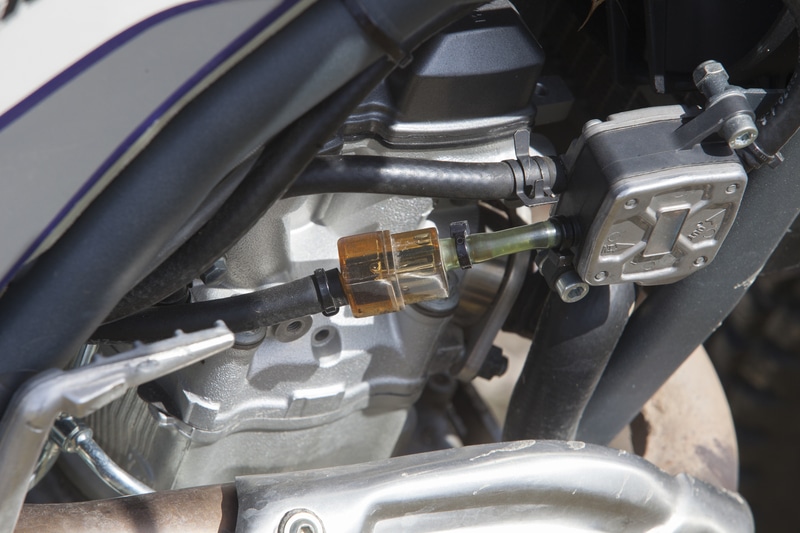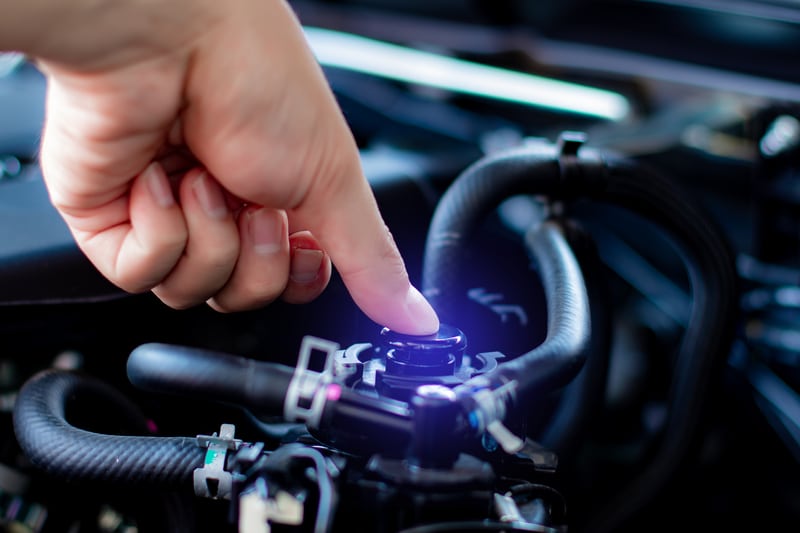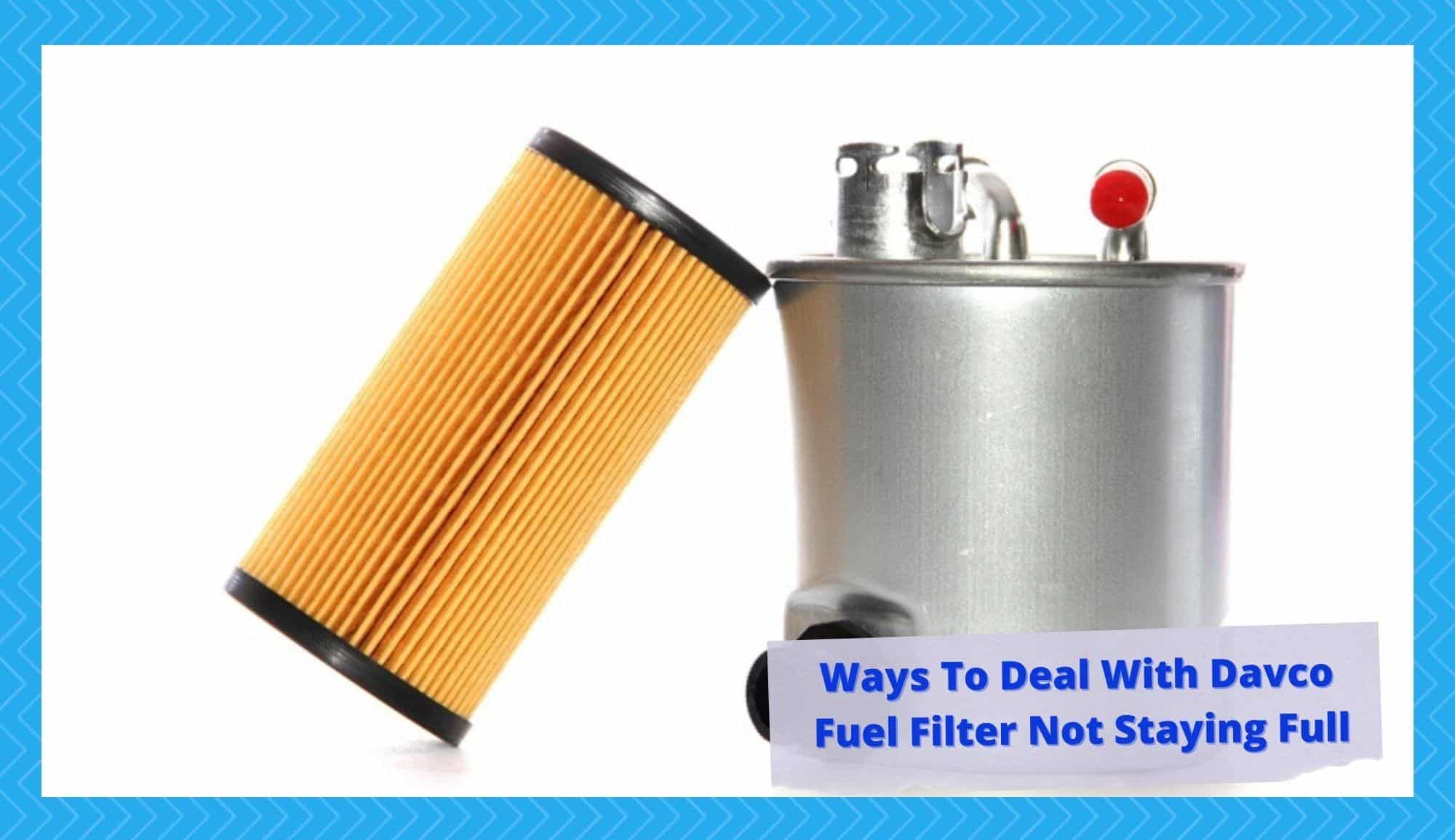
Are you having difficulty starting your engine? Is your engine stalling all the time? Does the warning light come on right after you’ve started the engine? If so, it’s a sign of a faulty fuel filter, one of the main components of the fuel system.
It typically consists of a cylindrical or conical housing made of metal or plastic and contains a filter element made of paper, fabric, or synthetic material. The fuel filter strains out dirt, debris, or rust particles that may be present in the fuel before it reaches the engine.
If these contaminants were to enter the engine, they could cause damage to the injectors, fuel pump, or other parts of the fuel system. They could also cause damage to the engine itself, such as clogged or scored pistons, cylinder walls and bearings.
The fuel filter is not staying full
For the engine to perform at optimum levels, it has to receive a steady amount of fuel from the tank. But if this isn’t happening, something’s preventing the fuel from entering the engine.
The only thing that sits between the fuel tank and the engine is the fuel system, which the fuel filter is part of. This means that if the fuel filter isn’t staying full, not enough fuel is entering the engine. But why does this happen? There are several possible reasons:
- Clogged fuel filter – Dirt, debris, or other impurities can restrict fuel flow.
- Low fuel pressure – The filter may not maintain a complete fuel supply if the fuel pressure is too low.
- Leak in the fuel system – If there is a leak in the fuel system, fuel may escape before it reaches the filter.
- Incorrect fuel filter – A fuel filter that isn’t compatible with your vehicle may not handle the fuel’s flow rate.
- Air in the fuel line – Air in the fuel line can disrupt the pressure that pushes fuel into the filter.
- Restriction in the fuel tank – A restriction in the fuel tank can prevent fuel from entering the filter.
How does the Davco fuel system work?
To better diagnose a non-filling fuel filter, it’s best to understand how the fuel system works. As explained, there are other possible causes of this problem than the fuel filter. Other components of the fuel system may be responsible, too.
Knowing where the fuel goes before it reaches the filter, we can pinpoint which areas to check and what to do. In this article, we will focus on the Davco fuel system. Davco is one of North America’s leading manufacturers of Class 8 heavy-duty diesel-powered trucks, fuel-heater/water separators, and filter systems.
Their products are designed for demanding commercial applications but are not immune to malfunctions. Davco fuel systems are used to filter and purify fuel in diesel engines. They typically consist of several components: a fuel filter, a water separator, and a fuel heater. Here’s how this system works:
- The fuel enters the system through an inlet line and passes through the primary fuel filter, which removes any large particles of dirt or debris.
- The fuel then flows through the water separator, which removes any water in the fuel. Water can accumulate in the fuel tank and be pulled into the fuel system, damaging the engine.
- After passing through the water separator, the fuel heater heats the fuel. This component helps maintain a consistent viscosity in the fuel, which is vital for proper engine operation.
- The filtered and heated fuel flows to the engine through the outlet line.
- Some systems also have a fuel primer pump or self-priming feature, which helps prime the system when it is first turned on, or the engine is started after being shut off.
Some fuel systems have advanced features such as integrated diesel exhaust fluid (DEF) dosing systems or advanced fuel filtration capabilities to remove microscopic particles. However, they vary based on the manufacturer and specific model.
How to fix a Davco fuel filter not staying full
If a Davco fuel system’s fuel filter is not full, it indicates a problem with the fuel supply or the filter itself. Here are a few steps to troubleshoot the issue:
1. Check the fuel supply to the filter
The fuel line must be free of any restrictions preventing the filter from filling fully. Remember that diesel or gasoline isn’t 100 percent pure when it enters the fuel system and until it passes through the fuel filter.
So, between the fuel tank and the fuel filter, impurities may build up and clog the fuel line, tank vent, or pickup screen, reducing the amount of fuel that enters the filter. It’s also possible that the fuel line has been pinched or kinked.
This can happen if the fuel line is not routed correctly or something comes in contact with it and damages it. Or if you’ve been in an accident that injured a significant portion of the engine.
2. Inspect the filter for any damage or clogs
Various factors can damage a fuel filter. The most common is excessive contamination from dirt, rust, or other debris in the fuel system. While it’s the filter’s job to catch contaminants, it can only do so much. And too many contaminants can slowly break down the filter’s structure.
Also, check for worn internal parts. They can cause the filter to become less effective over time. Overuse or neglect, such as not replacing the filter at the recommended intervals, can lead to damage and reduced performance.
This is why you should always check the fuel filter every time you tune up your vehicle to determine if it’s time to get a new one. Especially if you own an RV, it’s crucial to have a fully functioning fuel filter because this device is not easy to come by.
3. Check the water separator
Water can accumulate in a fuel tank through condensation or contamination during refueling. Water in the fuel system can cause different problems, including fuel lines and injectors corrosion and reduced engine performance.
That’s where the water separator comes in. It uses a centrifugal force to separate the water from the fuel so the water can be drained. Some water separators also include a filter element that can trap other contaminants like dirt and debris.
They are typically located in the engine compartment and can be found along the fuel lines. Therefore, it is essential to regularly check and service water separators to maintain the fuel system’s integrity and avoid damage to the engine. Drain the water separator and check the fuel for water contamination.
4. Check the filter head for leaks or damage
The fuel filter head is a fuel system component that attaches to the fuel filter and connects it to the fuel supply lines. It regulates the fuel pressure and directs the fuel flow from the tank to the engine.
It can also have a valve that allows the priming and bleeding of air from the system. You can find it in the engine compartment along the fuel lines.
It only makes sense to check the filter head if the fuel filter isn’t getting enough fuel. This component may either be damaged, clogged, or leaking. Unfortunately, the only fix for this is getting a replacement.
5. Check if the primer pump is functioning correctly
When you turn on the vehicle’s ignition, the primer pump pressurizes the engine’s fuel lines and provides a consistent fuel flow to the engine, which is critical to the combustion process. When the engine is hot and turned on quickly, the primer pump helps build the pressure, allowing the engine to start quickly.
If a fuel system’s primer pump is damaged, it may not be able to pump fuel from the tank to the engine properly. This can prevent the engine from starting or cause it to stall if it is already running.
Sometimes, a damaged primer pump may also lead to leaks or spills. Have the damaged primer pump repaired or replaced as soon as possible to avoid further issues with the fuel system.
Conclusion
Fuel filters must be replaced periodically, as they will eventually become clogged with debris. The interval at which they need to be changed depends on the vehicle or equipment, but it is usually specified in the owner’s manual or by the manufacturer.
As an RV owner, you should know that having a fully functioning fuel filter is a lifesaver. So, be sure to have a spare piece, especially if you’re planning on boondocking dozens of miles from the nearest town. And even if you are close to a town, there’s no guarantee you can find the precise type of fuel filter your Davco fuel system requires.

